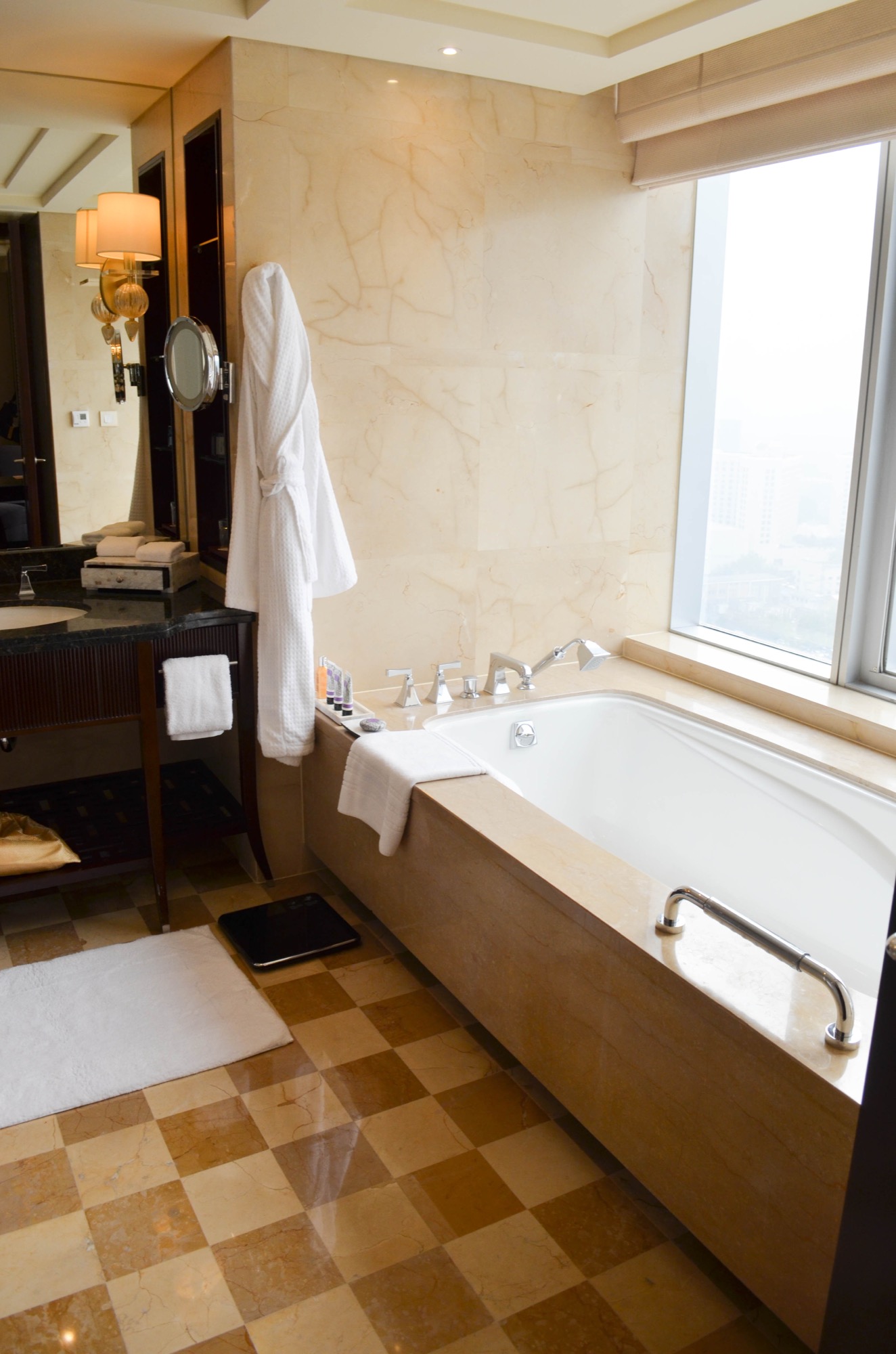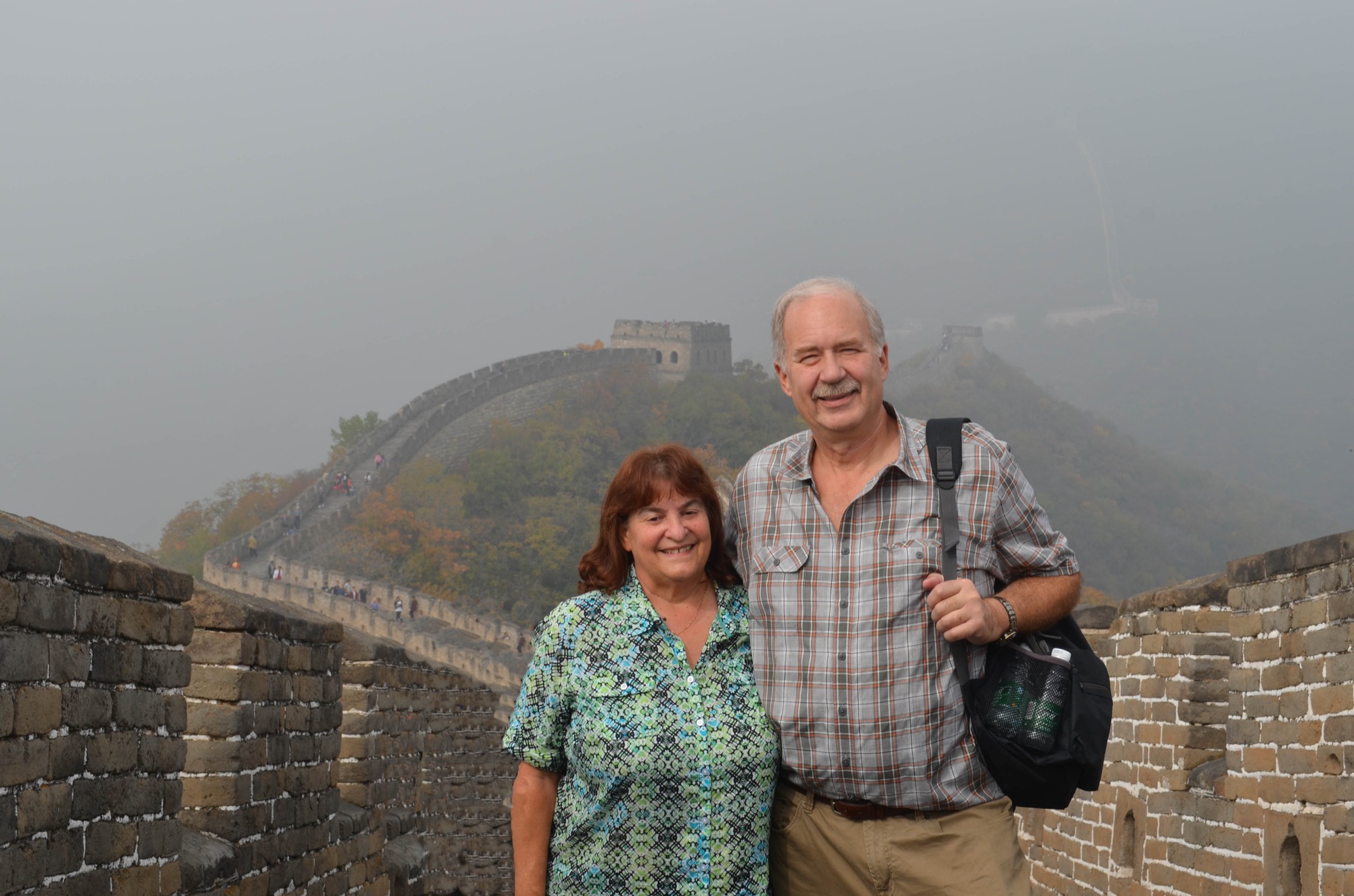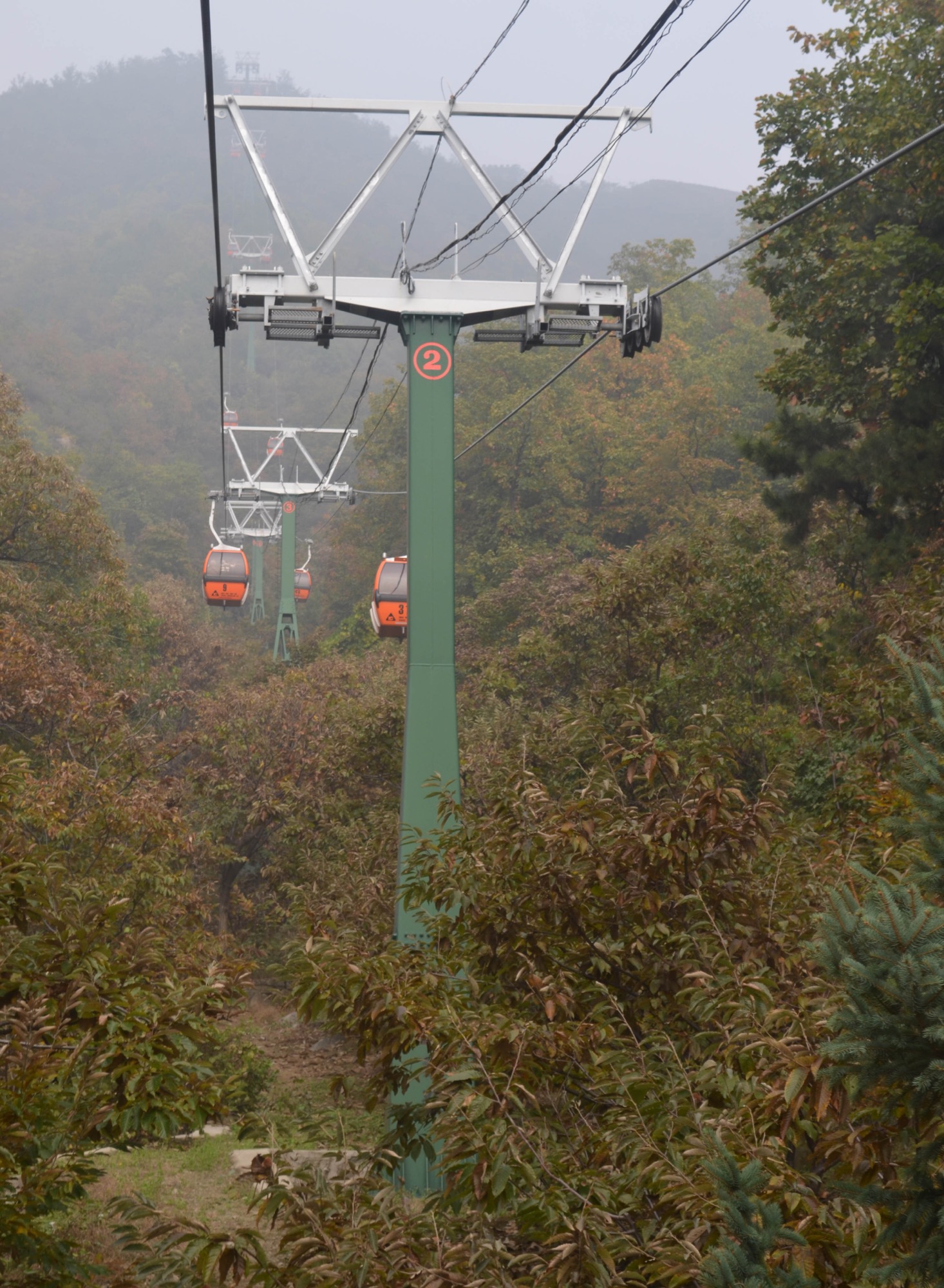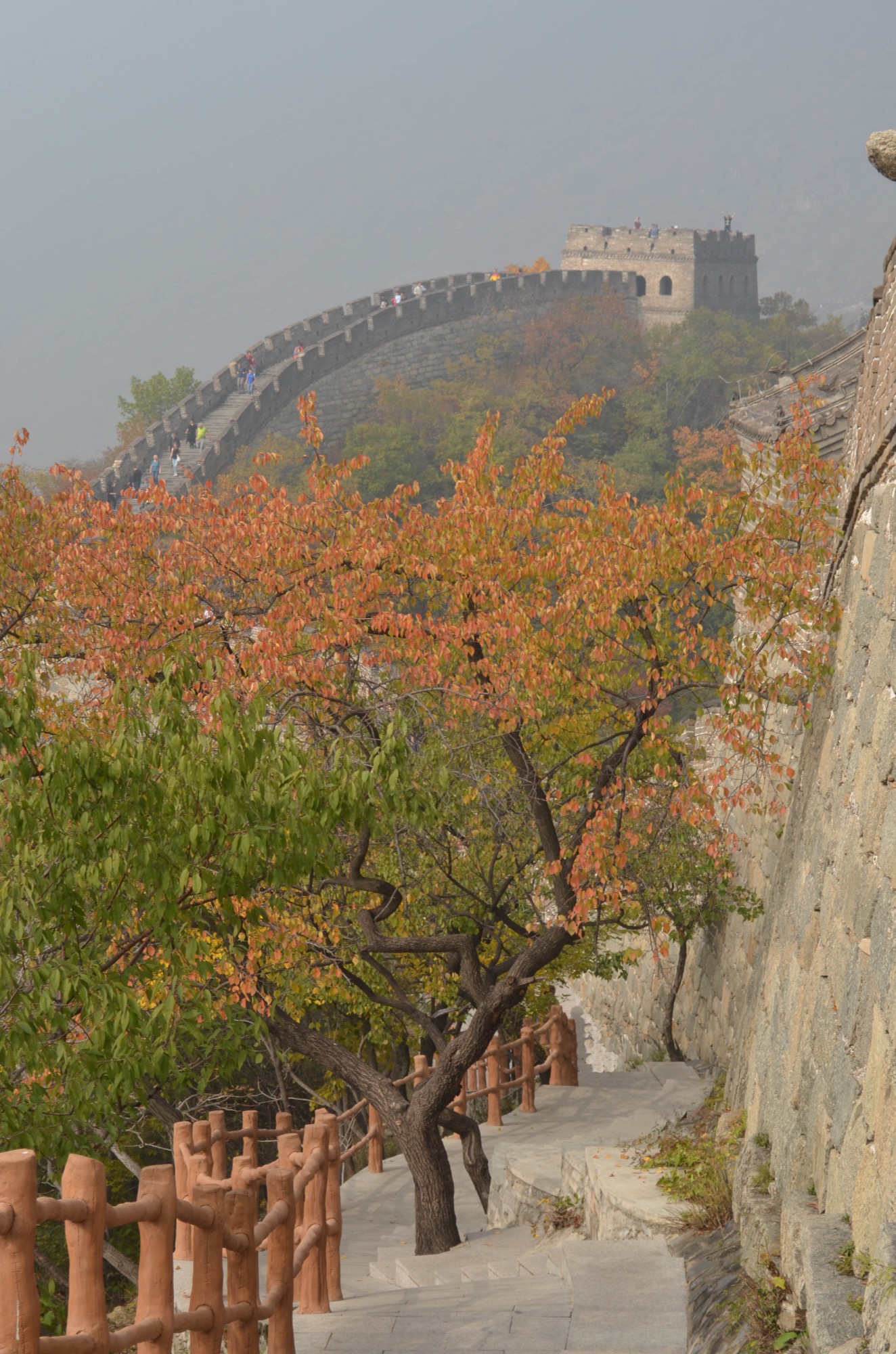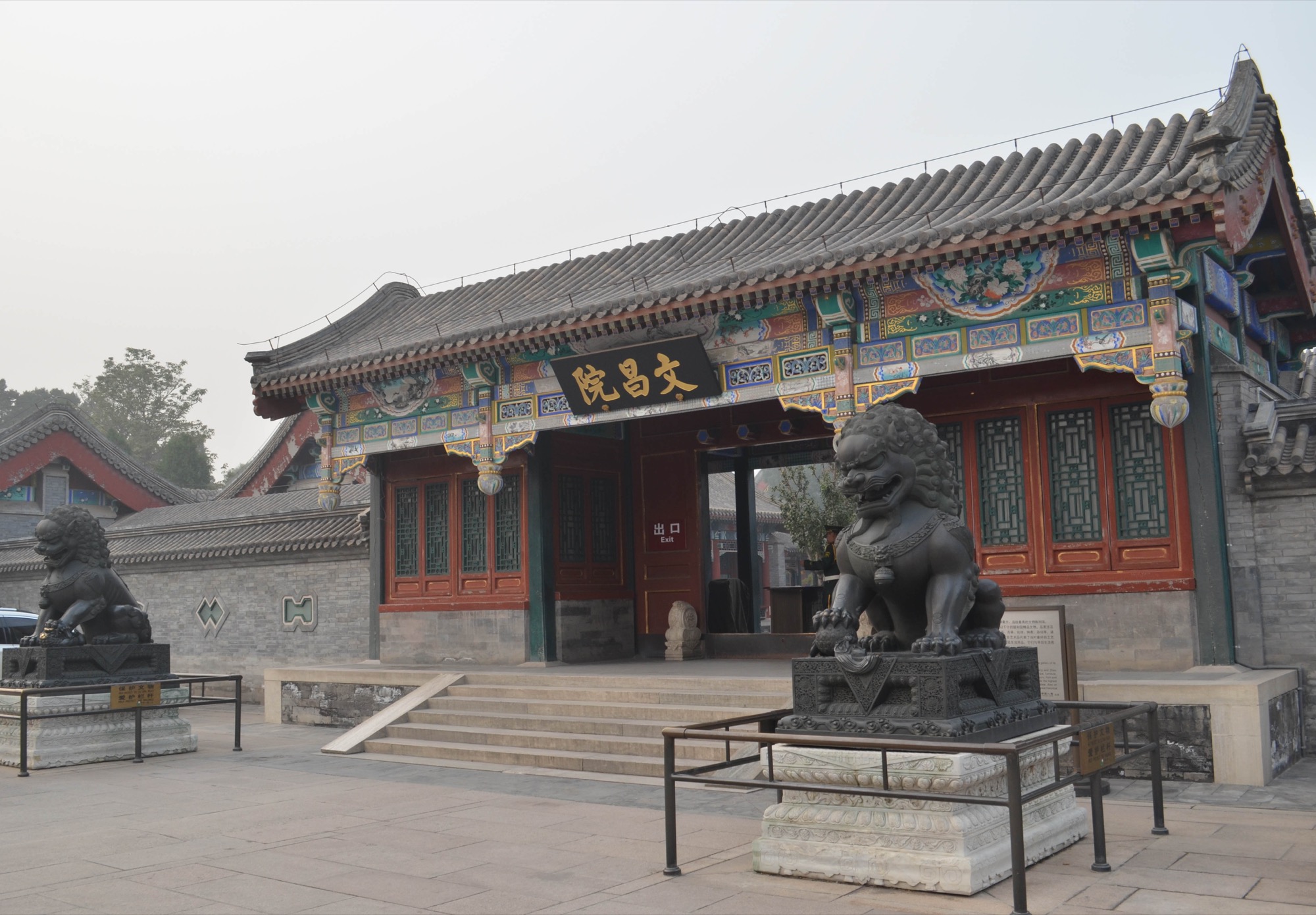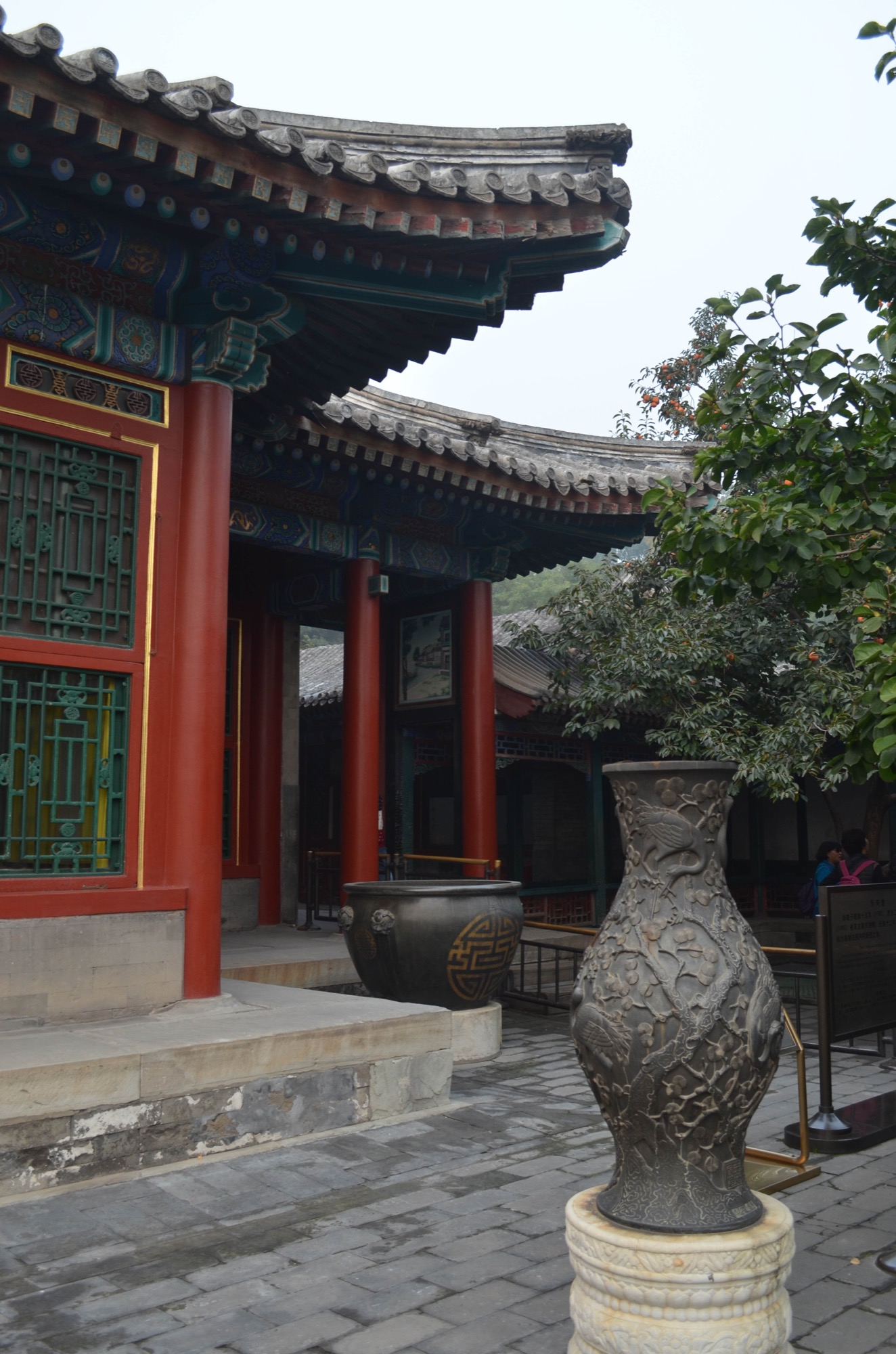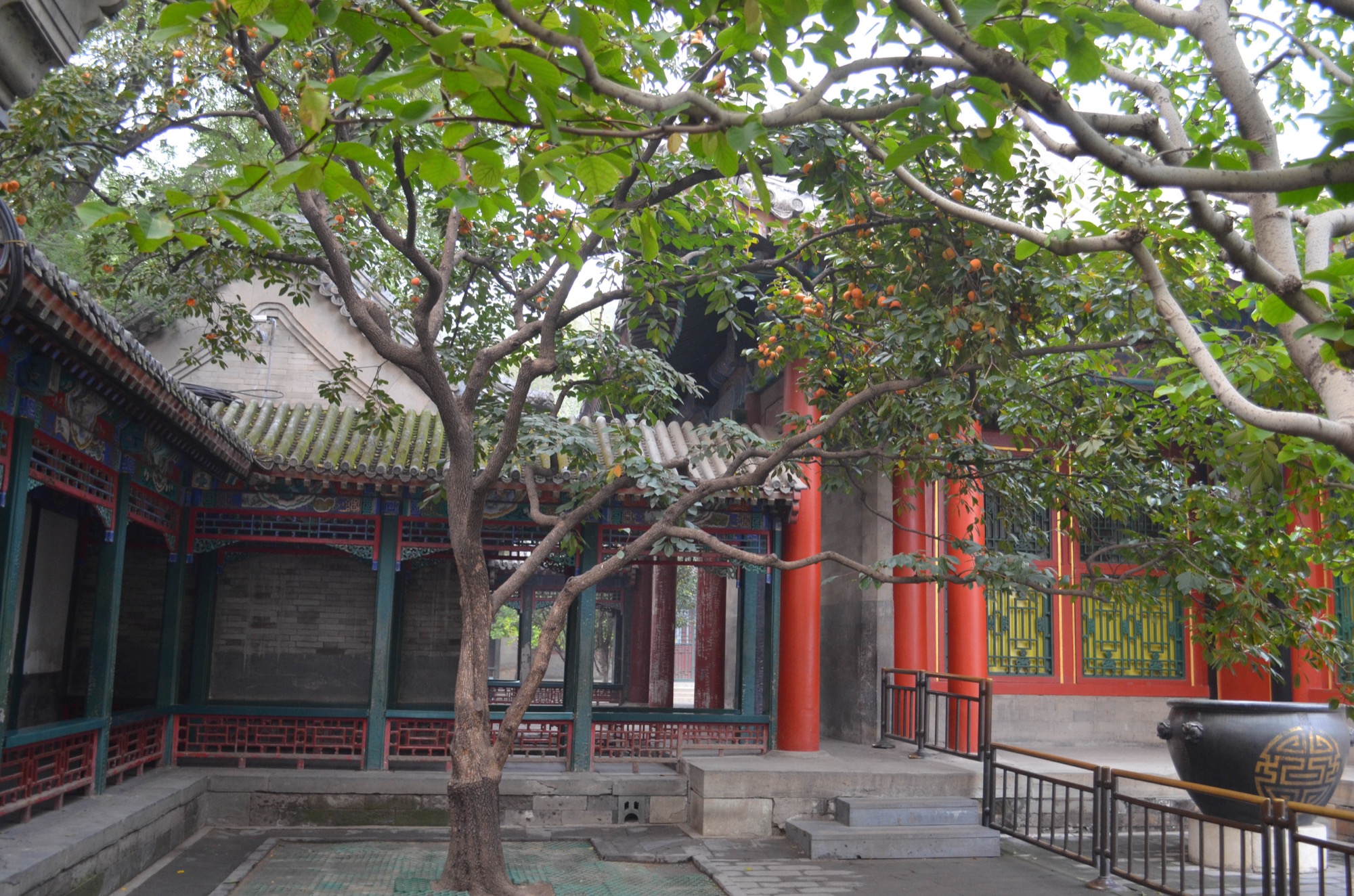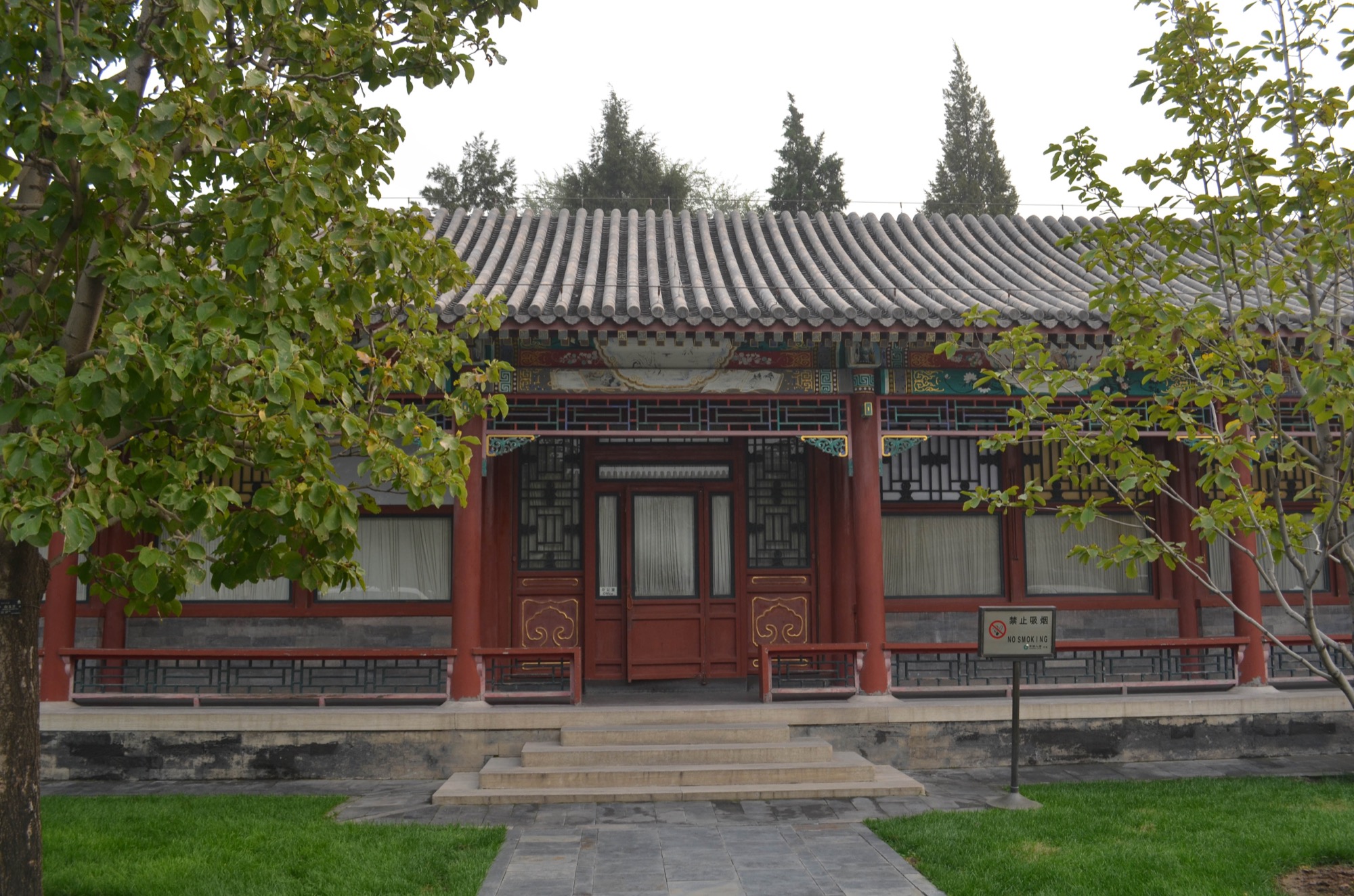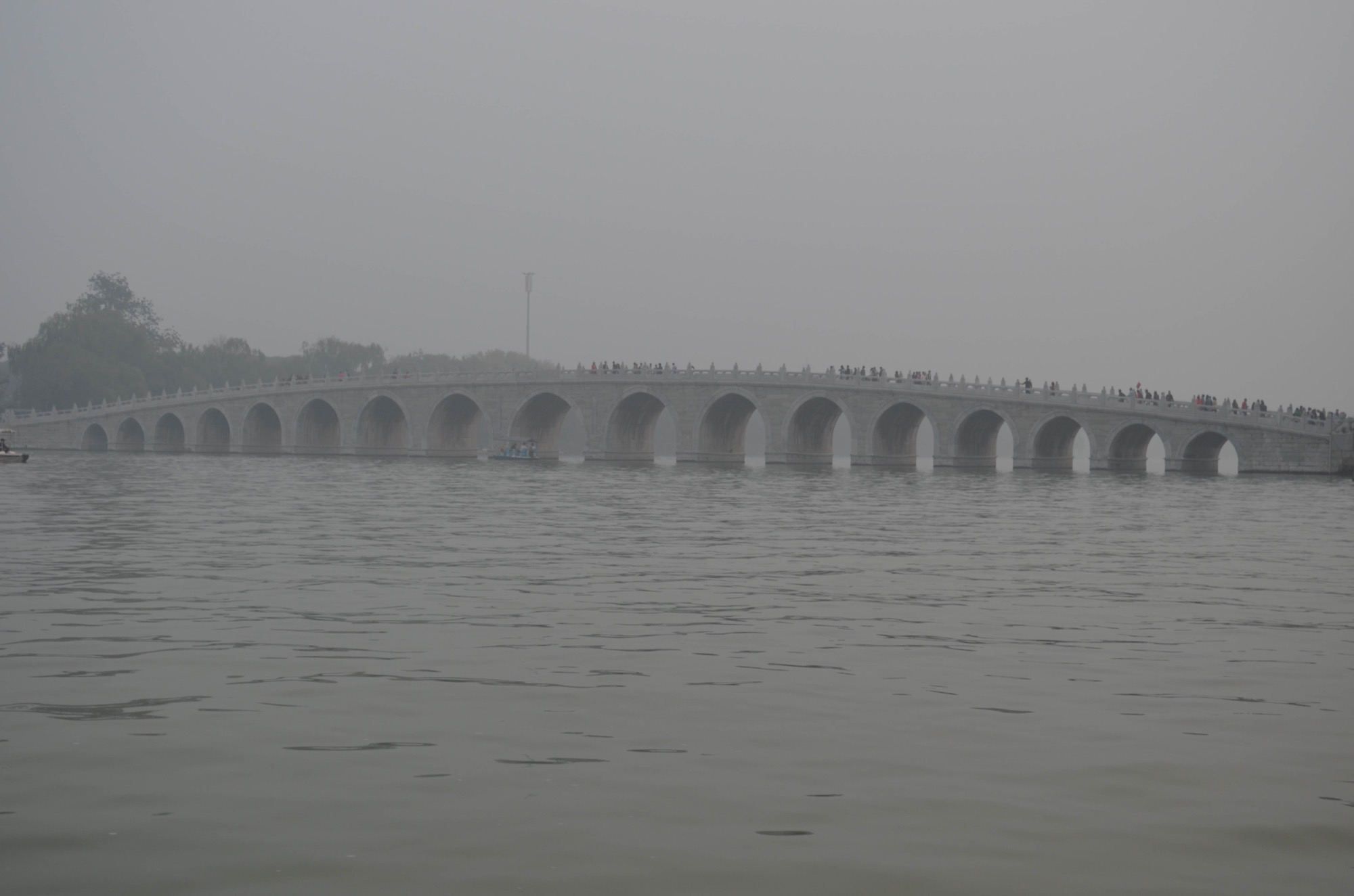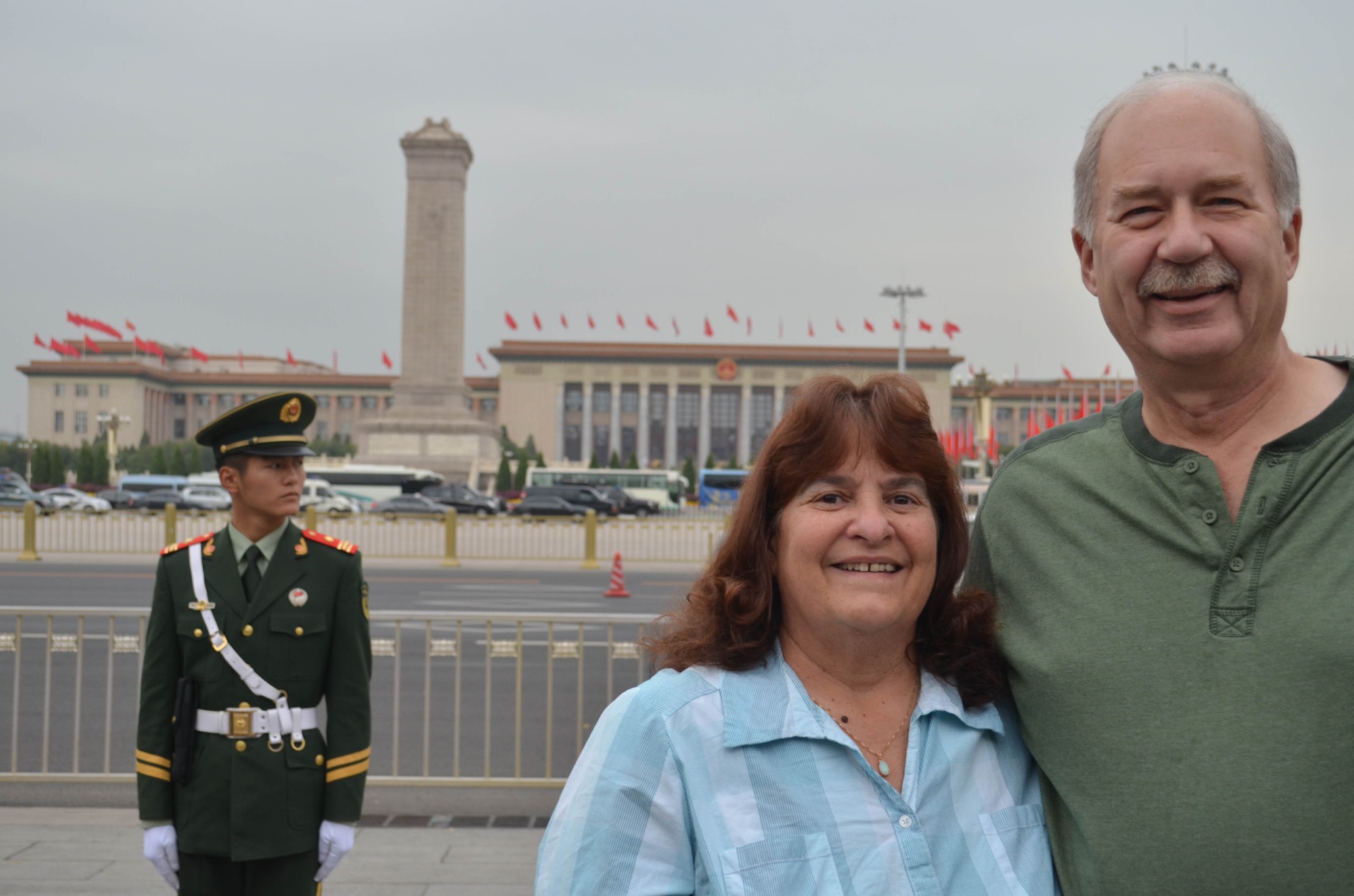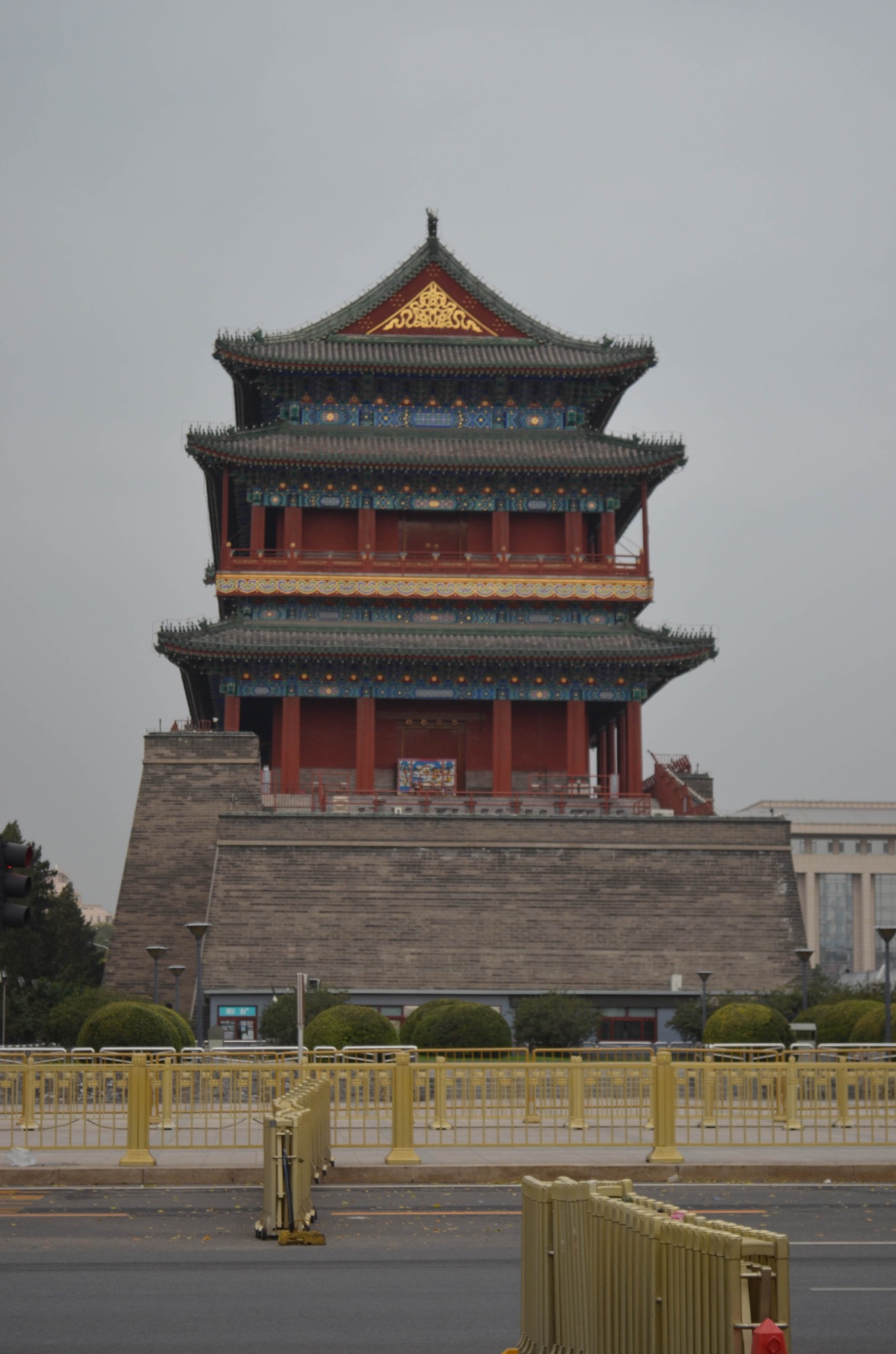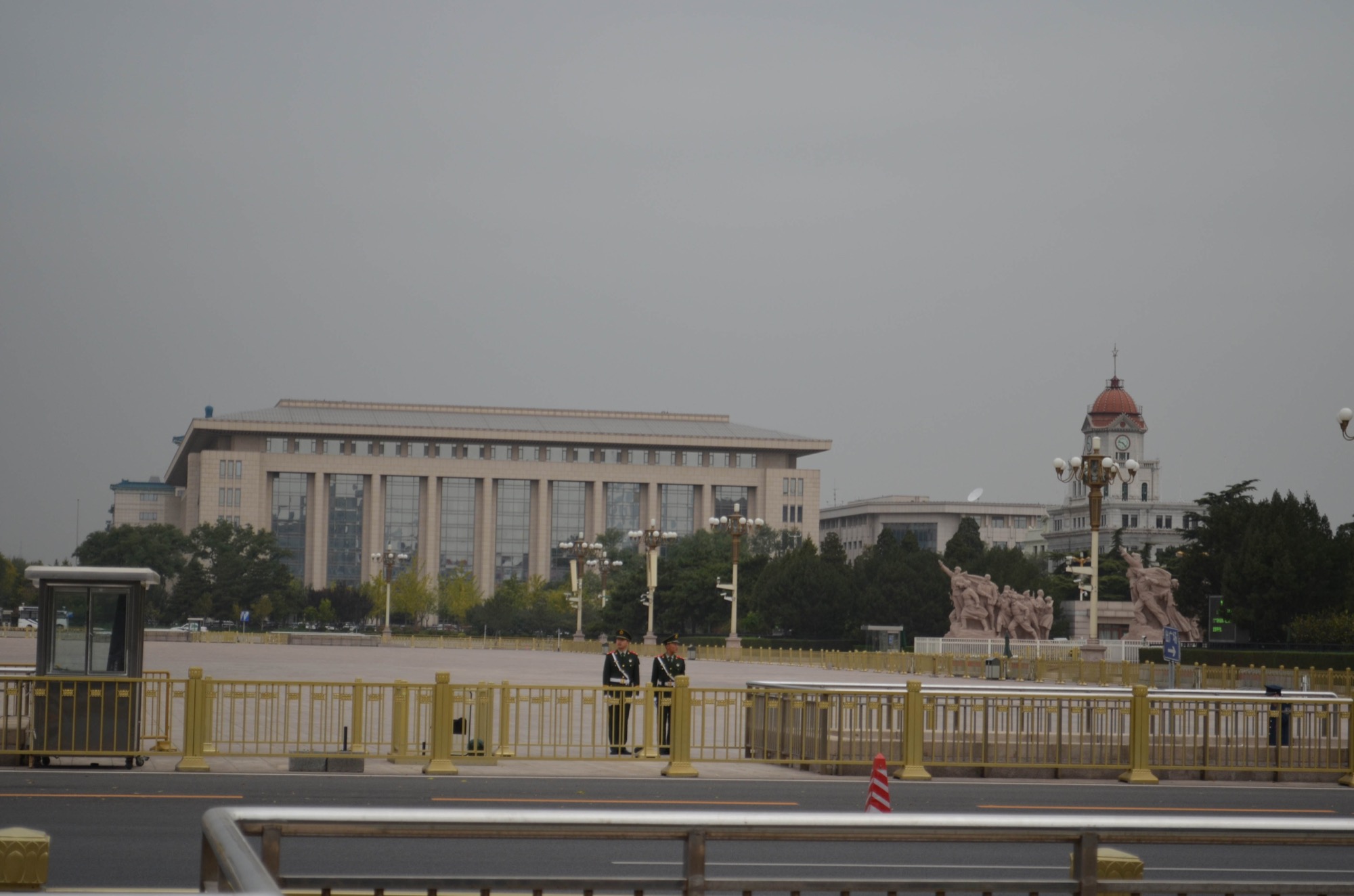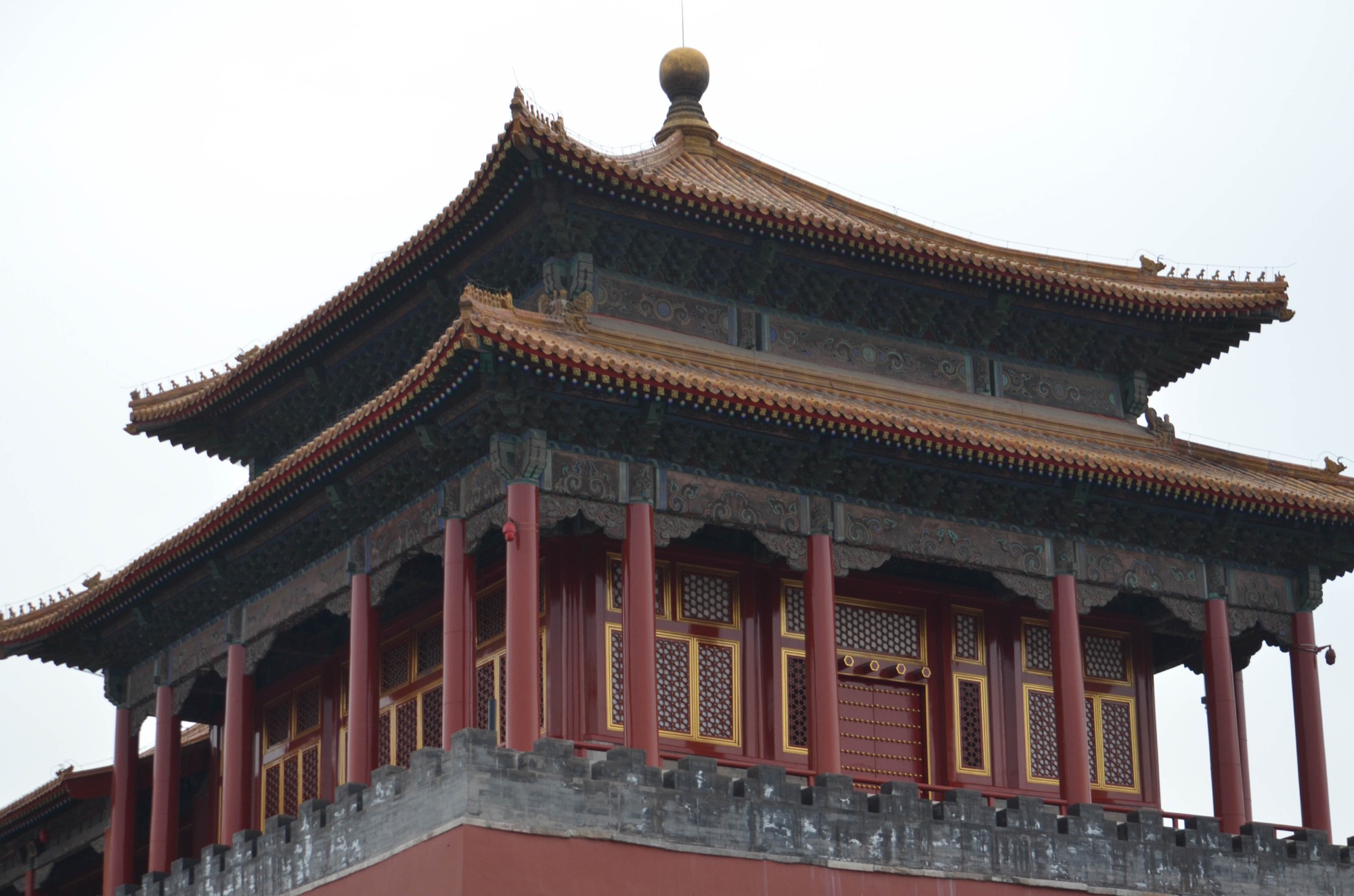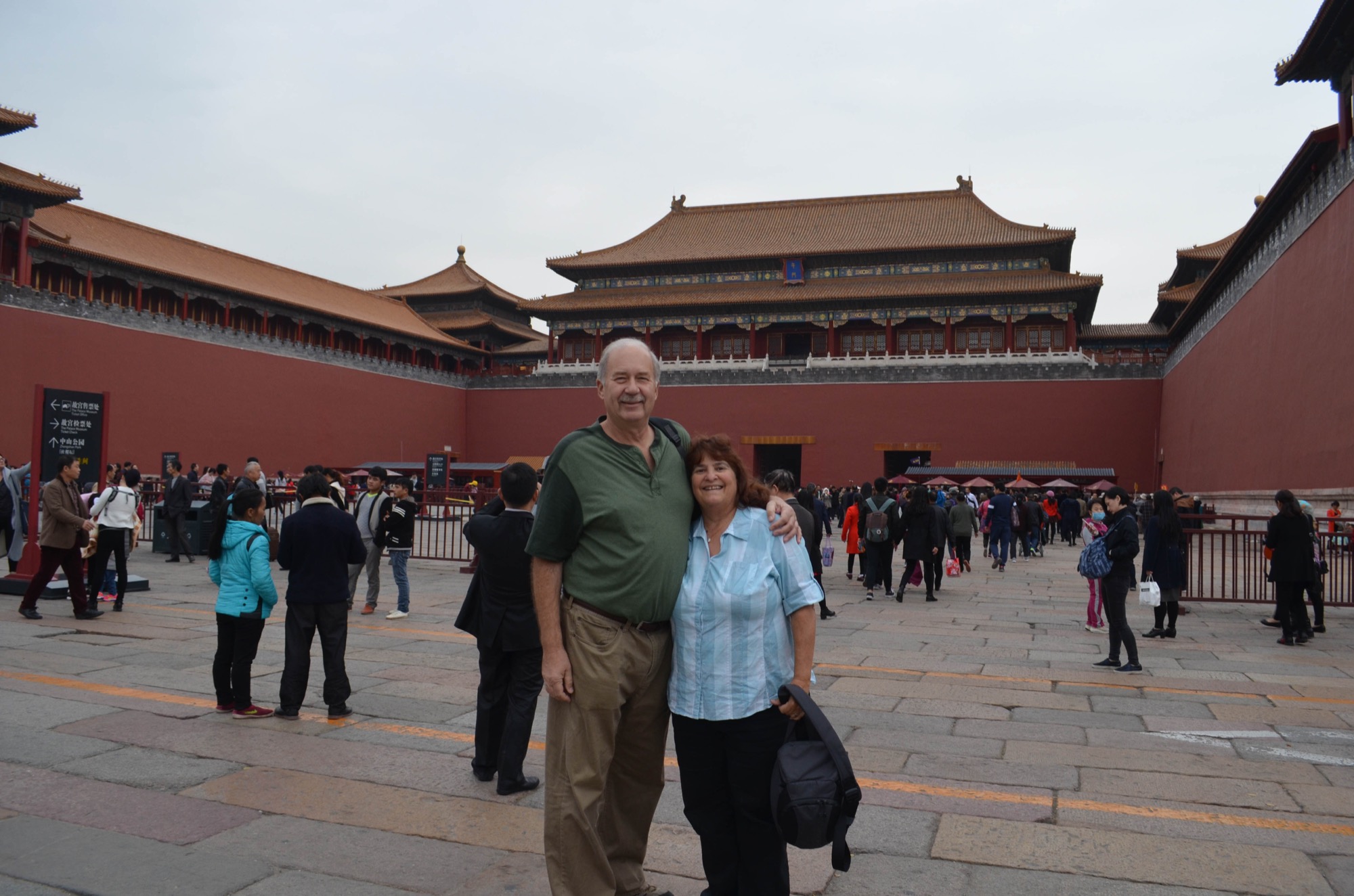Heading to Beijing
Our adventure began with a flight from Los Angeles to Beijing with a brief 4 1/2 hour layover in Tokyo. The journey lasted about 20 hours, with 15 1/2 hours of that journey in the air.
We stayed at the Four Seasons Hotel in Beijing which tried to provide a lovely view of the city from our room. Unfortunately, the air quality in Beijing is so poor that the view was always hazy and visibility was limited. The current population of Beijing is more than 21 million people. What a shame that these people never see a blue sky.


